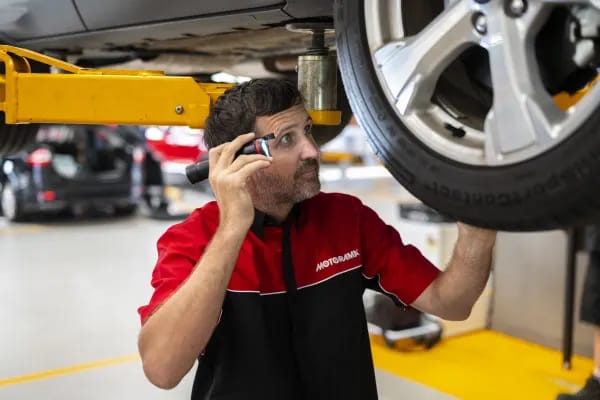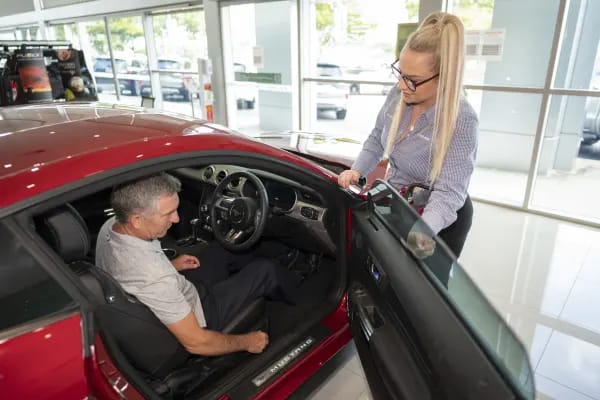
Review: 2017 Holden Colorado
Posted in Vehicle Reviews
Review: 2017 Holden Colorado
Pros
- Spacious, well-built cabin
- Improved technology inside
- Uncompromised off-road ability
Cons
- Some tech reserved for top shelf models
The all-new Colorado has arrived, with significant changes under the skin and on the surface.
We were pretty chuffed when the opportunity arose to take it off-road and put it to the real test.
The Colorado has been a success for Holden; holding its own against other light commercial vehicles that received major upgrades, and sitting near the top of the sales charts under the Commodore for most of its life.
But now it’s time for the truck with a lion badge to be made over.
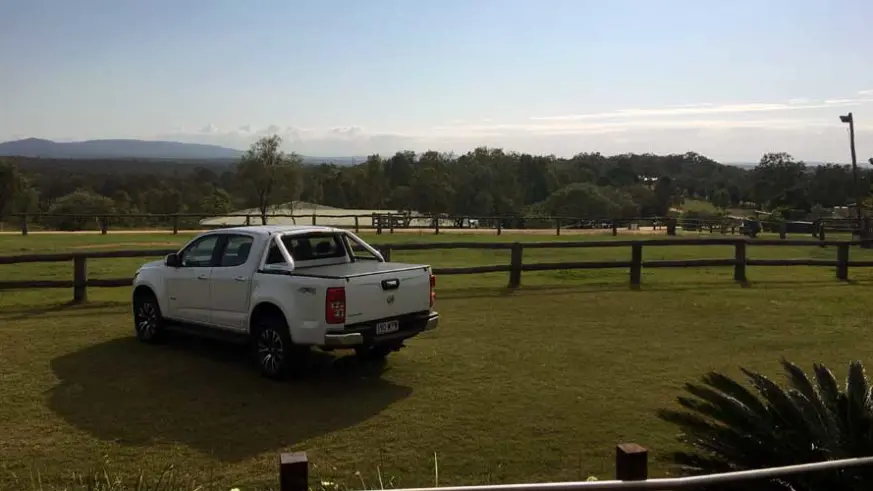
INITIAL IMPRESSION
While the overall shape of the Colorado hasn’t changed radically, the new styling cues from Holden’s globally influenced design language make the new truck look more stylish, as well as tougher on the road.
Beefier looking sheet metal with a revised grille on the outside only serve to disguise the substantial changes inside the cabin and under the body.
Inside, digital radio with Apple Carplay/Android Auto compatibility comes standard across the range, while the LTZ and Z71 models cop seven speakers, electronic climate control, lane wander and forward collision warnings with standard satellite navigation (aside from the map integration from smartphones) as well as remote start on automatic models.
The big changes come from the engineering team, who drove over 100,000km, localising the Colorado’s suspension, drivetrain and transmission for Australian conditions.
Jumping in as a passenger reveals the improvements with the cabin, legroom in the back feels spacious, and materials have been engineered to take the Colorado from a work vehicle to, potentially, the family truck.
The seats are supportive and, even without the optional leather trim (available on the LTZ, and standard on the Z71); the cloth doesn’t feel like a cheap material choice. The suspension, too, complements the ride. As the Colorado jumped up and down the rocky tracks at Spicers, we weren’t thrown around the cabin and the front seats as well as the bench at the back are well padded and bolstered to keep you from sliding around.
All around, the Colorado seems more polished than the outgoing model – that’s in large part to the larger research and development budget allocated to this version rather than being hamstrung by external constraints, Holden and General Motors have produced a vehicle that hasn’t been done in halves and can proudly be showcased with the rest of a revamped lineup.
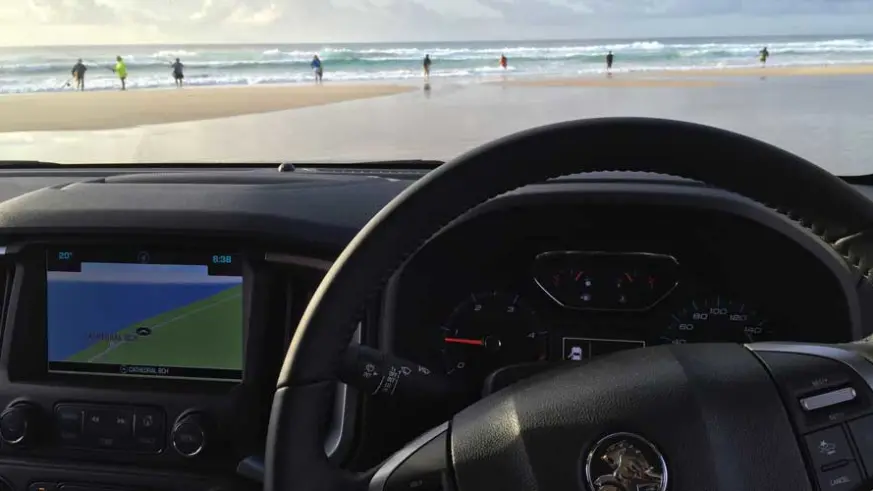
DRIVEABILITY
We started out at the homestead at Spicers Hidden Vale, travelling through their farmland to get to the hilly outcrops that sit at the back of the property. On the dirt tracks, the Colorado can travel comfortably in 2WD and the range-standard pollen filter kept any dust kicked up from the lead cars from coming in through the vents.
Approaching the first ascent, the Colorado easily pops into low range 4WD, and tackles the steep dirt track with ease, barely having to shift out of drive in the unladen models. With plenty of low down grunt, the Colorado towing the caravan had no problems up the track. The trailer sway control really established itself up in the hills, with the caravan kept thoroughly in line; no jerking or pulling whatsoever.
Switching into high range for the winding tracks around the top of mountain, Colorado is easy to manoeuvre – part of that is the new electronic steering system, which replaces the hydraulic system used in the last model. The steering feels responsive and substantial, without getting jittery or heavy off-road.
On the first of the descents, engaging Descent Control System is a push of a button, just under the climate controls in the centre console. It would be nice to see a fool proof LED light with the button, but confirmation that DSC is active is from an illuminated sign in the speedo.
The DSC assists with smooth downhill braking, especially over rougher terrain; so much so that you can effectively just steer and rest your foot on the pedal without pressing down and let the Colorado apply the brakes. The system works well and there’s no awkward slippages, even over the loose and crumbling rocks on our test run.
On the way down, again, the steering is nicely centred: neither vague nor overly sensitive. The Colorado doesn’t feel like a sportscar, but it doesn’t feel like a heavy truck tumbling down the slopes. As long as you’re not pulling the steering wheel here and there on the track, the new Colorado feels steady and focused on tackling whatever is ahead of it.
The 147kW/500Nm (for automatics) remains unchanged from the previous model, despite tweaking the 2.8L Duramax engine to become Euro V emissions compliant; and the Colorado never seemed to struggle for power or become unsettled by anything off-road (in fact, it outguns a lot of it’s competition.) There is a real sense that the Holden engineers have worked together with the development teams to create a truck that can handle itself on and off the road, without feeling harsh or underdone.
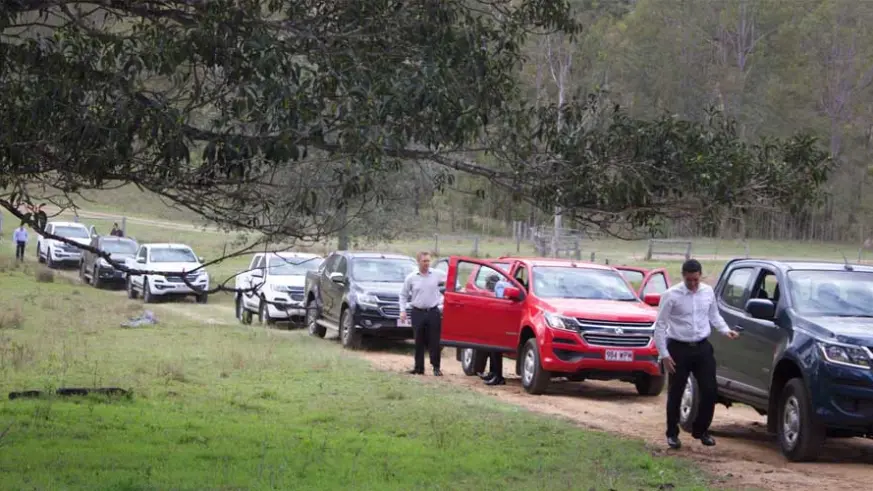
COST
The Holden Colorado sits as one of the more affordable utes in a market that can’t seem to get enough light commercial vehicles. The entry model LS 4x2 single cab chassis starts at $29,490, while there are also space/extra cabs and crew (double/dual) cab chassis’ available, topping out at the LTZ 4x4 space cab chassis at $48,990.
The pickup range is only available in one space cab (in LTZ grade) while the rest of the pickups are double cabs. These models start from $35,990 for an LS 4x2 crew cab rising through the ranks to the flagship Z71 4x4 crew cab pickup at $54,490.
An automatic transmission is available for $2,200 on all models, and premium paint will add $550 to your invoice (Summit White and Absolute Red are available as standard colours.)
All prices exclude on-road costs including registration, stamp duty, dealer delivery as well as any custom tray fitments or accessories.
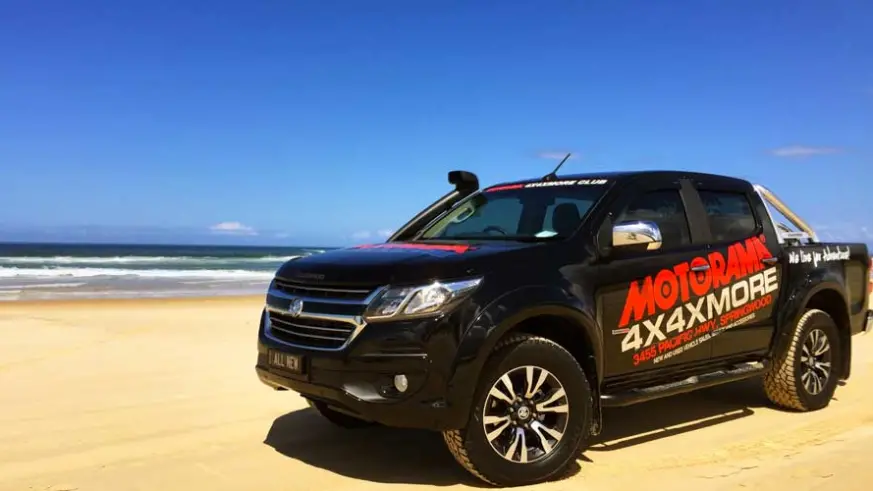
CONCLUSION
The Colorado has come back stronger than before, and will play a key role in the reinvigorated Holden line-up.
As big utes become family trucks rather than just tools of the trade, the Colorado is well positioned with smart updates to technology under the skin, and smartening up the appearance inside and out.
As far as ‘facelift’ models go, the Colorado is a pretty big shift, rather than a move to an all-new model, taking the numerous strengths of the previous model and sharpening them to compete with recently updated competitors.

